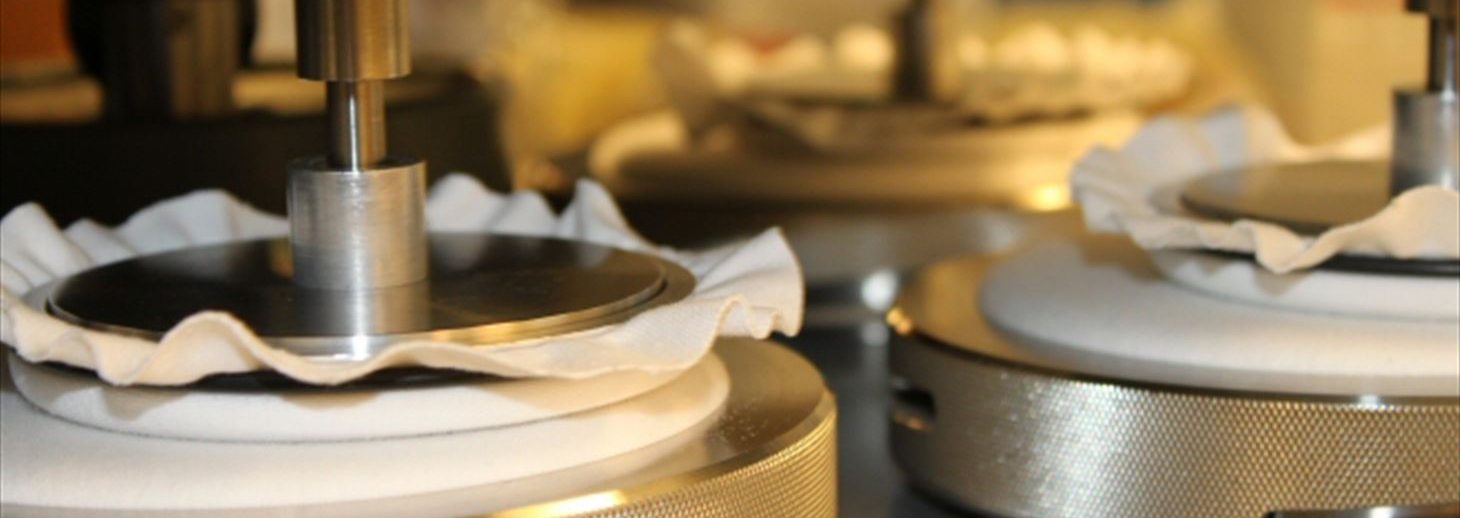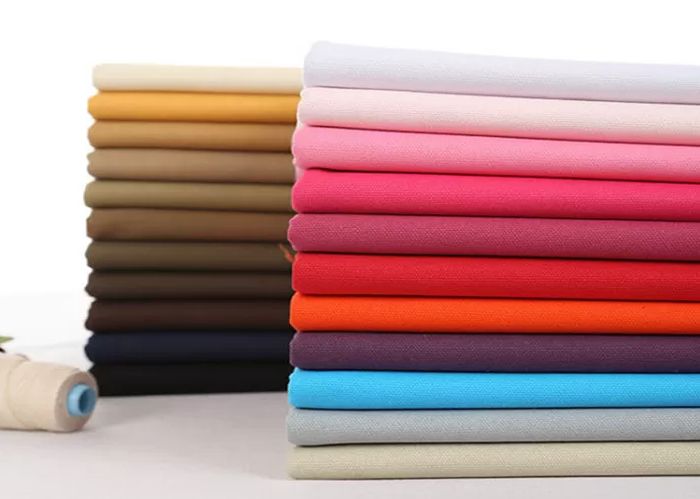- Qinsun Instruments Co., Ltd.
- Tell:+86-21-6780 0179
- Phone:+86-17740808215
- Address:No. 2578 Minhang District Gu Dai Road, Shanghai
- Contact:Mr. Li
- QQ:846490659
Science: factors affecting textile abrasion resistance

Textile abrasion resistance testing is a method of assessing how well a textile resists abrasion. abrasion resistance testing is designed to determine the durability and longevity of a textile so that manufacturers and consumers can make better decisions.
The abrasion resistance test is typically performed using a device called a Martindale tester, which is a rotary abrasion tester that simulates the wear and tear of textiles during use. During the test, a textile sample is placed on the tester and rotated through the friction head to bring it into contact with a standard abrasion material to simulate friction and wear during long-term use. The test results are usually expressed in terms of the wear count, i.e. how many times the textile sample can withstand abrasion.

In addition to the Martindale tester, there are other test methods, such as the Taber tester and the Wyzenbeek tester, that can also be used to evaluate the abrasion resistance performance of textiles. Different test methods are available for different types of textiles and different usage environments.
There are many factors that affect the abrasion resistance of textiles, and the following are some possible factors.
1. Fiber type: Different types of fibers have different strength and abrasion resistance properties. For example, synthetic fibers such as nylon and polyester are usually more abrasion resistant than natural fibers such as cotton, silk, wool, etc.
2. Yarn density: the higher the yarn density, the better the abrasion resistance of textiles.
3. Tensile strength: The higher the tensile strength of a textile, the higher its abrasion resistance will be accordingly.

4. Weave structure: Different weave structures will have an effect on the abrasion resistance of textiles. For example, plain fabrics are more abrasion resistant than twill fabrics.
5. Textile treatment: Some treatments (such as brushing, calendering, etc.) can effectively enhance the abrasion resistance of textiles.
In conclusion, the abrasion resistance of textiles is influenced by a variety of factors, and the complex interaction of these factors makes it necessary for the textile industry to continuously explore new fibers, processes and technologies to enhance the quality of their products. For those who are interested in
factors affecting abrasion resistance, please leave a comment.





